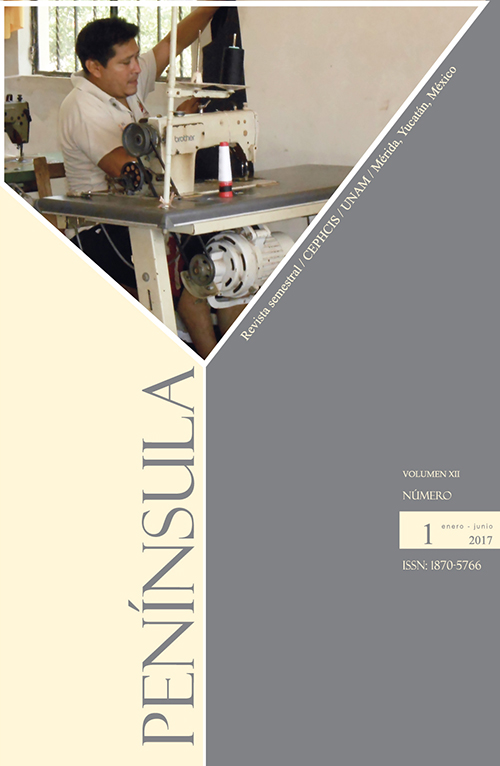House Society As An Explanatory Model Of Social Organization, Identity And Politics Among The Maya Of The Classic Period. Evidence And Reflections
Main Article Content
Abstract
This paper explores the theoretical and methodological basis of the construct “house” as a working model that explains the pre-Hispanic social organization of the Mayan Classic Period through archaeological and epigraphic data, contrasted with the ethnographic information. A literature review of authors offers evidence to support the proposal. The French anthropologist Levi-Strauss introduced the concept of house societies in the late 1970s. but he has received little academic attention since, even though researchers such as Armando Anaya (1996) and Susan Gillespie (2000, 2011), among others, have exposed the academic benefits of the model to explain social relations, power, symbols and pre-Hispanic practices in social structure. This work follows the line of the authors mentioned, but it will not be a simple review of them, rather we will reflect a range of information that reinforces the structuralist proposal as a model of interpretation.
Downloads
Download data is not yet available.
Article Details
How to Cite
Pool Cab, M. N. (2017). House Society As An Explanatory Model Of Social Organization, Identity And Politics Among The Maya Of The Classic Period. Evidence And Reflections. Península, 12(1). https://doi.org/10.1016/j.pnsla.2017.01.005
Citas en Dimensions Service
Universidad Nacional Autónoma de México (UNAM), todos los derechos reservados 2013-2013.
